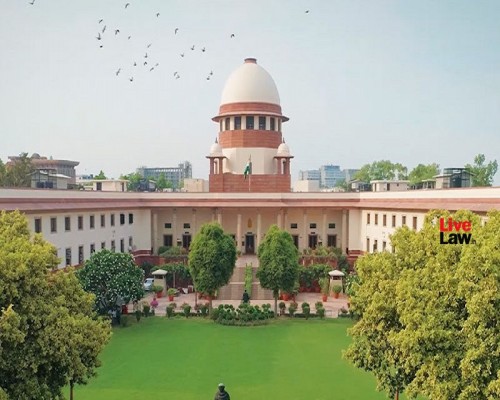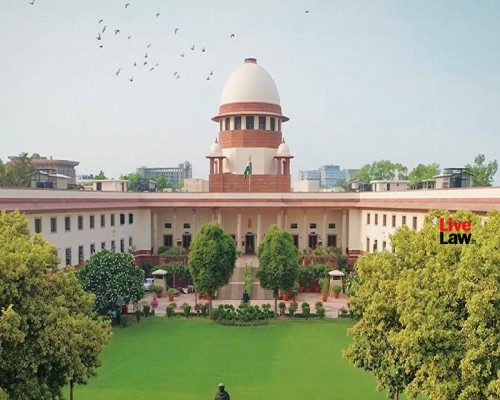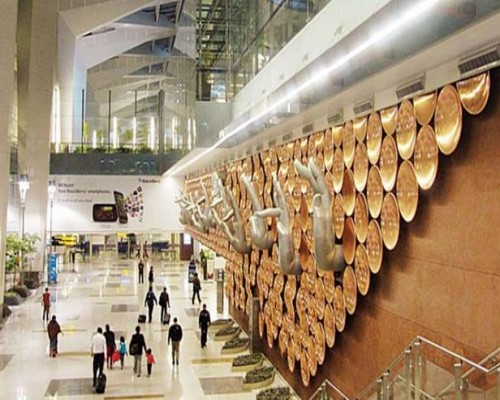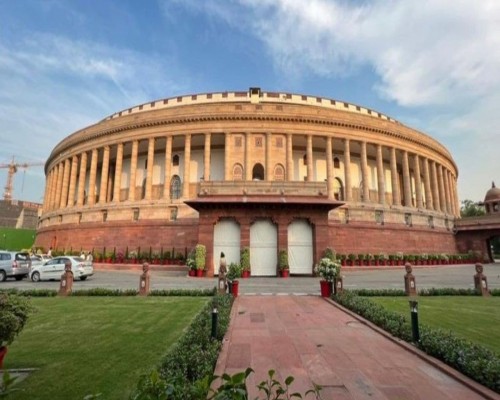MALTESE CONTRIBUTIONS TO WORLD HERITAGE: A RICH TAPESTRY OF CULTURAL AND HISTORICAL SIGNIFICANCE
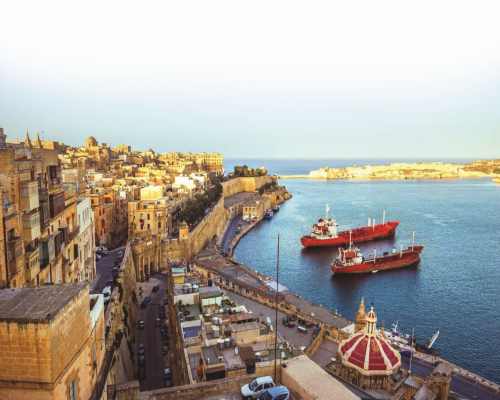
The Maltese archipelago, situated in the heart of the Mediterranean Sea, boasts a rich and diverse cultural heritage that has left an indelible mark on the global stage. From its ancient megalithic temples to its medieval fortifications and Baroque architecture, Malta's contributions to world heritage are as varied as they are significant. This essay delves into the unique cultural, historical, and architectural contributions of Malta to world heritage, exploring its UNESCO World Heritage Sites, cultural traditions, and historical narratives that have shaped the global understanding of human civilization.
Malta UNESCO World Heritage Sites
UNESCO World Heritage Sites:
Malta is home to several UNESCO World Heritage Sites that bear witness to its rich cultural heritage and historical significance. These sites, recognized for their outstanding universal value, attract visitors from around the world and contribute to the global appreciation of Malta's cultural legacy. Some of Malta's UNESCO World Heritage Sites include:
1. City of Valletta: Designated as a UNESCO World Heritage Site in 1980, the city of Valletta is renowned for its historic significance, architectural grandeur, and cultural heritage. Built by the Knights of St. John in the 16th century, Valletta's fortified walls, bastions, and palaces reflect the island's strategic importance and the influence of the Order of St. John on Malta's history and development.
2. Megalithic Temples of Malta: The megalithic temples of Malta, dating back over 5,000 years, are among the oldest freestanding structures in the world and represent an extraordinary feat of prehistoric engineering and craftsmanship. Designated as UNESCO World Heritage Sites in 1980, these temples, including Ħaġar Qim, Mnajdra, and Ġgantija, provide valuable insights into Malta's Neolithic past and the cultural practices of its ancient inhabitants.
3. ĦalSaflieni Hypogeum: The ĦalSaflieni Hypogeum, a subterranean complex dating back to the Neolithic period, is one of Malta's most remarkable archaeological sites. Designated as a UNESCO World Heritage Site in 1980, the Hypogeum is renowned for its intricate rock-cut chambers, burial chambers, and artistic embellishments, offering a rare glimpse into Malta's prehistoric culture and funerary practices.
4. Historic City of Mdina: The historic city of Mdina, also known as the "Silent City," is a medieval fortified town that served as Malta's capital until the arrival of the Knights of St. John. Designated as a UNESCO World Heritage Site in 1998, Mdina's labyrinthine streets, palaces, churches, and fortifications bear witness to its rich history and architectural splendor, making it a cultural gem of Malta.
Cultural Traditions and Festivals:
Malta's cultural traditions and festivals are integral to its identity and heritage, reflecting the island's diverse history, religious beliefs, and communal celebrations. These cultural practices, passed down through generations, contribute to Malta's intangible cultural heritage and enrich the global tapestry of human expression. Some of Malta's notable cultural traditions and festivals include:
1. Feast of St. Paul's Shipwreck: Celebrated annually on February 10th, the Feast of St. Paul's Shipwreck commemorates the legendary shipwreck of the Apostle Paul on the island of Malta in 60 AD. The feast day is marked by religious processions, church services, feasting, and traditional performances, symbolizing Malta's strong religious identity and its enduring connection to St. Paul.
2. Carnival: Malta's Carnival, known locally as "Karnival," is a colorful and festive celebration held in the weeks leading up to Lent. The Carnival festivities feature elaborate costumes, masked parades, music, dancing, and street performances, transforming the streets of Valletta and other towns into vibrant spectacles of revelry and merriment.
3. Festa: The Festa is a traditional religious feast celebrated in villages and towns across Malta and Gozo throughout the year, honoring the patron saint of each locality. The festa typically includes religious processions, church services, fireworks displays, band marches, and street decorations, bringing together residents and visitors to celebrate their shared religious heritage and community spirit.
4. Għana: Għana, or Maltese folk singing, is a traditional form of oral poetry and musical expression that has been passed down through generations. Għana sessions, held in local bars and social gatherings, feature improvised lyrical duels, accompanied by guitar or tambourine, that explore themes of love, politics, and everyday life, showcasing Malta's rich musical heritage and cultural identity.
Historical Narratives and Heritage Interpretation:
Malta's historical narratives and heritage interpretation provide valuable insights into the island's past, shaping our understanding of its cultural, social, and political dynamics over time. From the ancient civilizations that inhabited Malta's shores to the medieval knights who ruled its citadels, Malta's history is a tapestry of diverse influences and epochs that continue to resonate in the present. Some key historical narratives and heritage interpretation initiatives in Malta include:
1. Knights of St. John: The Order of St. John, also known as the Knights Hospitaller, played a pivotal role in Malta's history, shaping its identity, architecture, and cultural heritage. The knights, who established their headquarters in Malta in 1530, transformed the island into a formidable fortress and center of Christian resistance against Ottoman expansion in the Mediterranean.
2. Siege of Malta (1565): The Great Siege of Malta in 1565, a pivotal event in Malta's history, saw the Knights of St. John defend the island from a massive Ottoman invasion force. The siege, which lasted for nearly four months, culminated in a decisive victory for the Maltese defenders, securing Malta's place in history and preserving its Christian legacy.
3. British Colonial Period: Malta's period of British colonial rule, which lasted from 1800 to 1964, had a profound impact on the island's social, economic, and political development. The British legacy is evident in Malta's administrative structures, legal system, educational institutions, and cultural practices, reflecting the island's complex colonial history and its ongoing quest for independence and sovereignty.
4. Independence and Republic: Malta gained independence from British rule in 1964 and became a republic in 1974, marking significant milestones in its modern history. The transition to independence and republicanism ushered in a new era of nation-building, democracy, and self-determination for Malta, shaping its identity as a sovereign and democratic state in the global community.
Malta's contributions to world heritage are as diverse as they are significant, encompassing its UNESCO World Heritage Sites, cultural traditions, historical narratives, and heritage interpretation initiatives. From its ancient megalithic temples to its medieval fortifications and Baroque architecture, Malta's cultural heritage reflects the island's rich and diverse history, shaped by millennia of human civilization and cultural exchange. Through its UNESCO World Heritage Sites, vibrant cultural traditions, and compelling historical narratives, Malta continues to captivate the world with its unique heritage and enduring legacy of cultural and historical significance.





